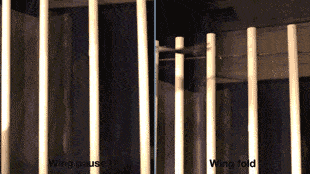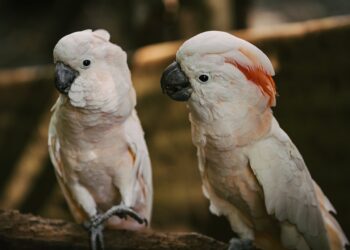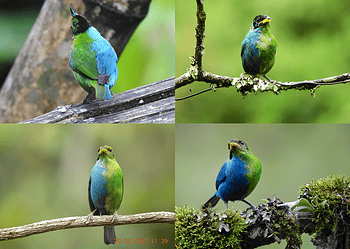Big cities are crammed with millions of pigeons, but despite their large numbers the birds seem to have no problem navigating through bustling urban environments. I’ve often wondered how pigeons manage not to hit each other, first of all, when they sudden burst in a flock or why you never seem to see pigeons hit by taxis or poles. A new study suggests that this remarkable dodging is made by the pigeon through a trade-off between efficiency and safety, depending on the situation.

Researchers at the Department of Organismic and Evolutionary Biology, Harvard trained pigeons to fly back and forth through a flight corridor. At one point, the corridor would be blocked by a series of poles, either tightly or loosely spaced. When the poles were too tightly spaced, the birds folded their wings. This costs energy and loss of altitude, but is a safer maneuver considering the high risk of collision. When the pigeons flew through loose poles, however, they opted for a wing-pause – they just glided past with minimum energy expenditure and virtually no loss of altitude.
“The choice between these two postures seems mediated by an element of caution or uncertainty…the efficient flight strategy is chosen where gaps are wider and there is less chance of a collision occurring,” the researchers write in the paper published in PNAS.
Clearly, pigeons are well adapted to dodging the rush of cities, but where they always like so? Previously, ZME Science reported that urban birds have bigger brains compared to their rural counterparts who often crash into planes and car windshields like a death wish. Urban crows, for instance, can even respond to people faces. How did the pigeons adapt to the city life? What changes did they went through? These are all interesting questions that some study might answer, hopefully.






